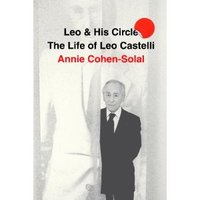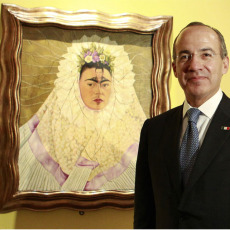 A strawberry today to Mexican President Felipe Calderon, who while on a state visit to Berlin this week stopped in at Martin Gropius Bau to see the Frida Kahlo retrospective. Yes, I know: photo op, tourist visit, etc. So, perhaps just a small strawberry.
A strawberry today to Mexican President Felipe Calderon, who while on a state visit to Berlin this week stopped in at Martin Gropius Bau to see the Frida Kahlo retrospective. Yes, I know: photo op, tourist visit, etc. So, perhaps just a small strawberry.
Still, the tidbit reminded me that the Obamas have so far given pretty short shrift to the visual arts. Yes, they too made a museum stop overseas: when they visited Paris last year, the family went to the Pompidou Center and later the First Lady and the girls visited the Louvre. Â
But a while back, a source at the National Gallery of Art told me that, although the President had been invited, he had not yet visited the museum. And neither had the First Lady or the girls. A Google search hasn’t turned up any references to anything subsequent.
I would love to be found incorrect.
This behavior contrasts starkly with the White House’s attention to music. As I’ve written here before, Michelle Obama has hosted afternoon workshops for students and pros, plus evening concerts with the President in attendance, for jazz, country, Latin, classical and civil-rights-era music. Good for her, though the President — to some minds, including mine — did not “perform” well at the classical music event. (They, too, have dropped off the calendar, probably because social secretary Desiree Rogers, who has left the White House, planned them.)
The Obamas have also shown up at the Kennedy Center. But visual arts, not so much.
Last week, Mrs. Obama made a visit to a community center in Washington and, along with some Congressional spouses, helped plant a butterfly garden and a vegetable plot. They also painted a butterfly mural, but even she joked about it, saying that school officials were taking a risk entrusting their walls to “not necessarily artistic people.” The results are below.
It’s a short trip from 1600 Pennsylvania Ave. to the NGA at Constitution Ave. and 3rd St. The Obamas should try to make it — very soon. Â
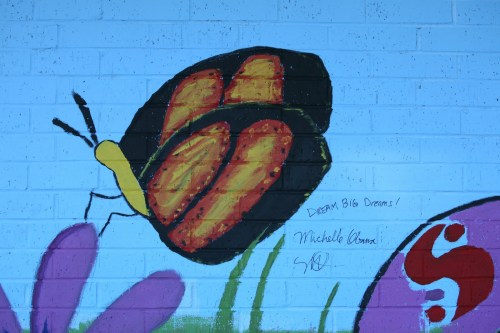

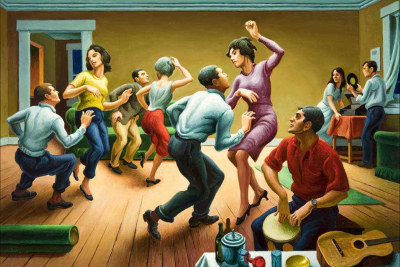 On Friday, New York Gallery Week, which I’ve already written about
On Friday, New York Gallery Week, which I’ve already written about 
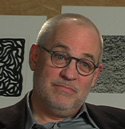 Garrels didn’t blow Walsh off, but he didn’t provide a satisfying response either — he noted that many decisions on this had been made before he became curator and that SFMoMA’s collection is not a “comprehensive” one and therefore lacks work by women.
Garrels didn’t blow Walsh off, but he didn’t provide a satisfying response either — he noted that many decisions on this had been made before he became curator and that SFMoMA’s collection is not a “comprehensive” one and therefore lacks work by women. 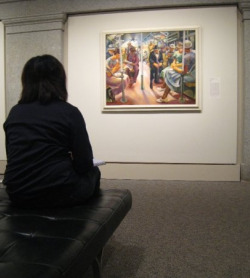 And we all know that people breeze through a museum too quickly.
And we all know that people breeze through a museum too quickly.  This year, more than 50 museums and galleries on every continent except Antarctica (
This year, more than 50 museums and galleries on every continent except Antarctica (
